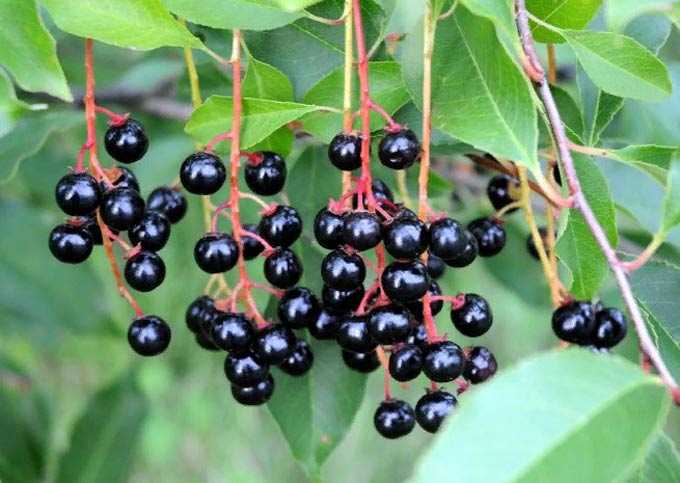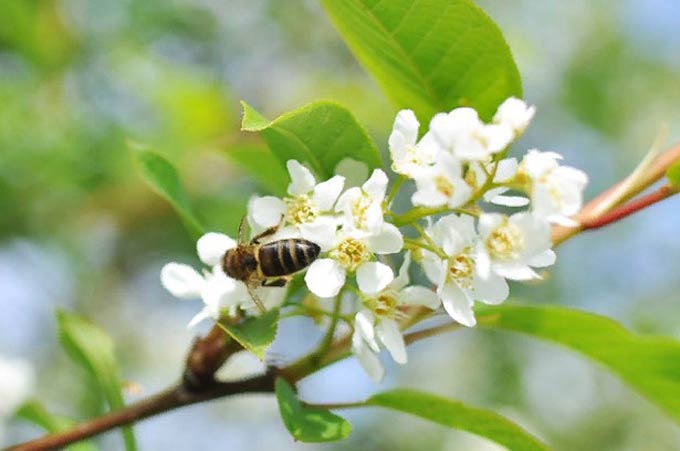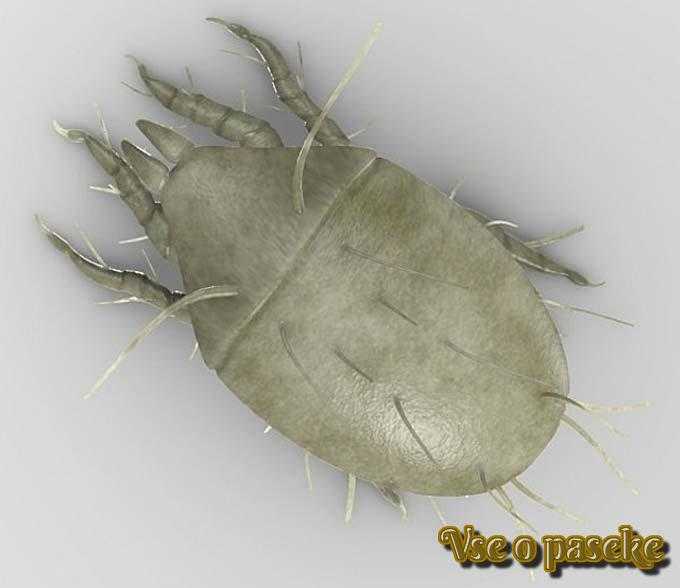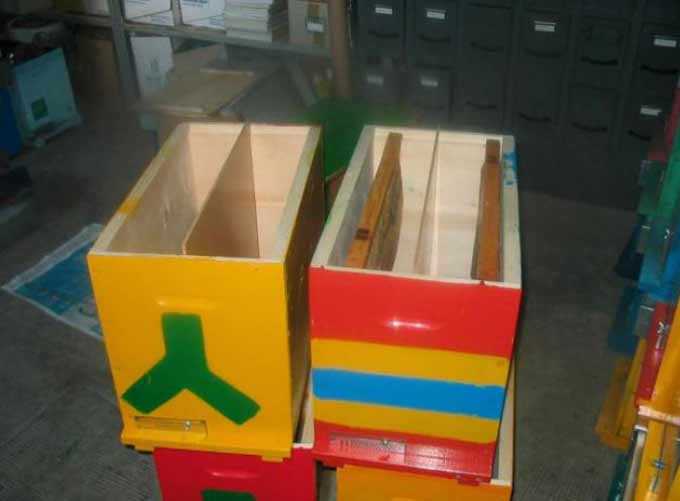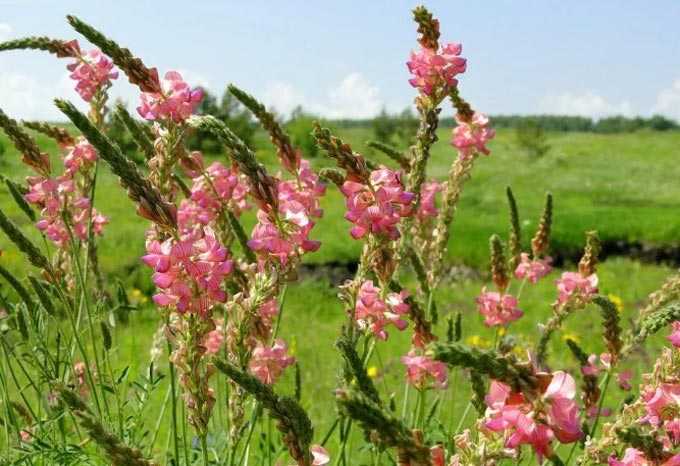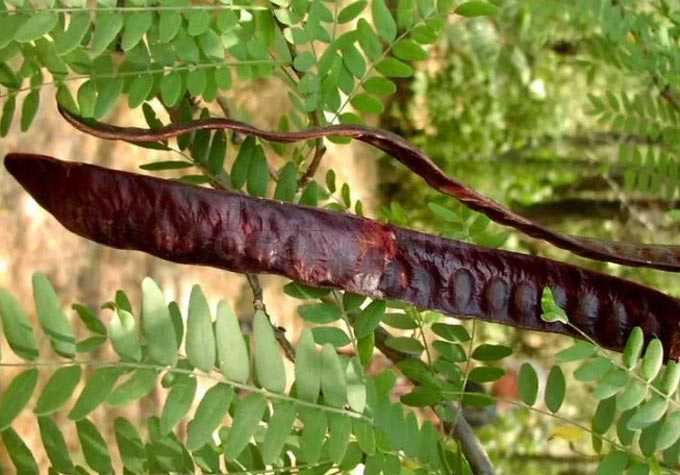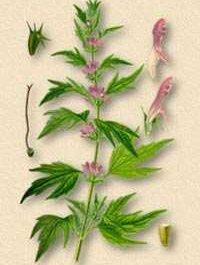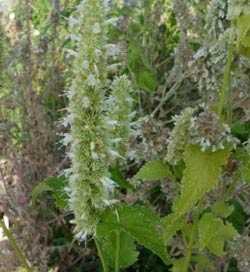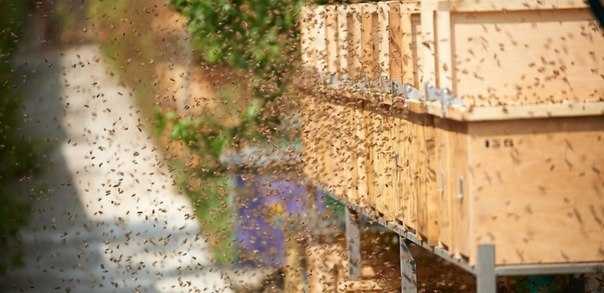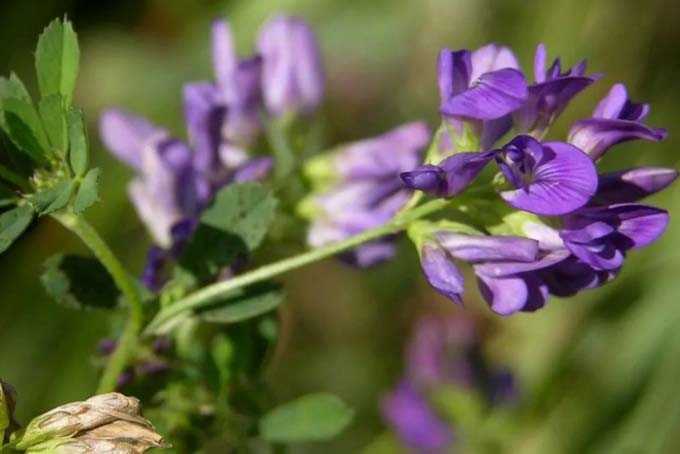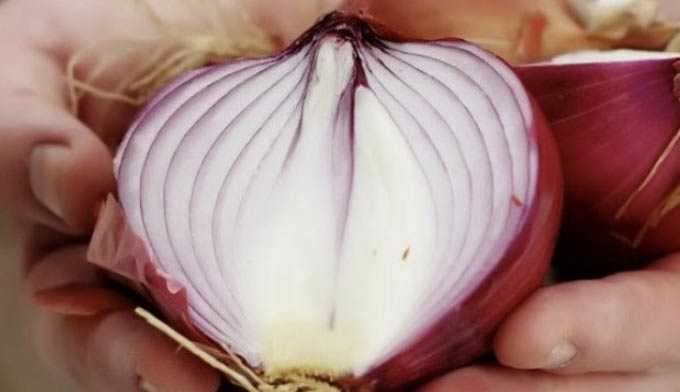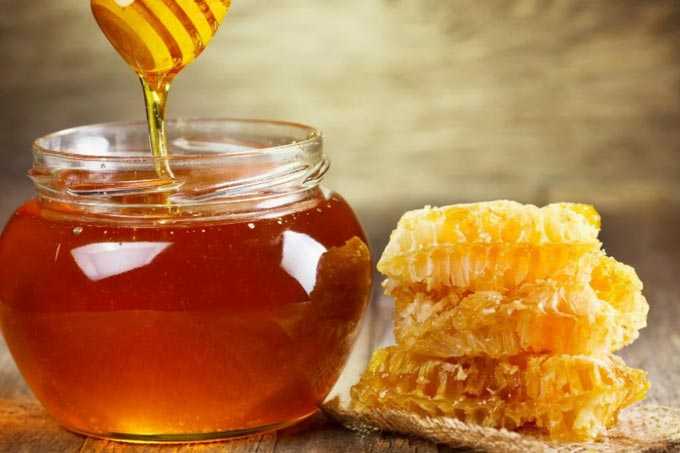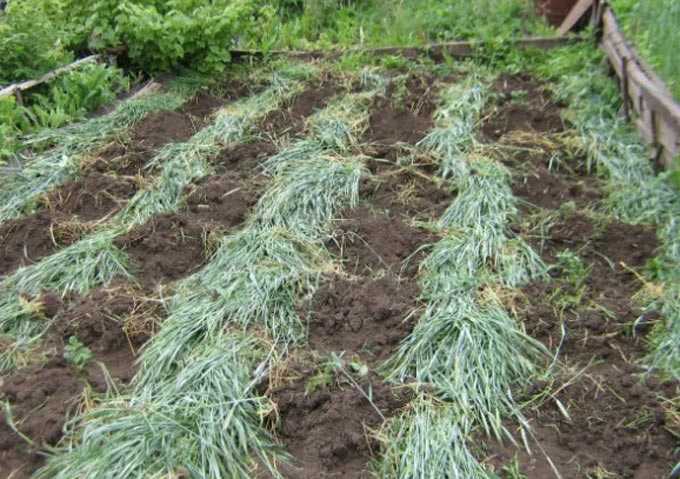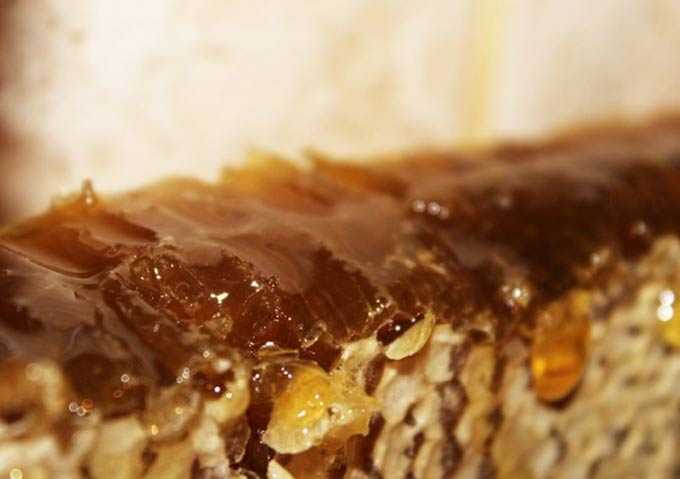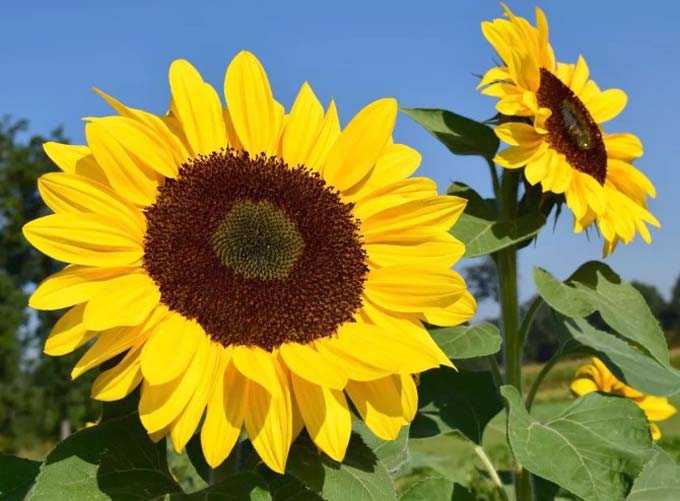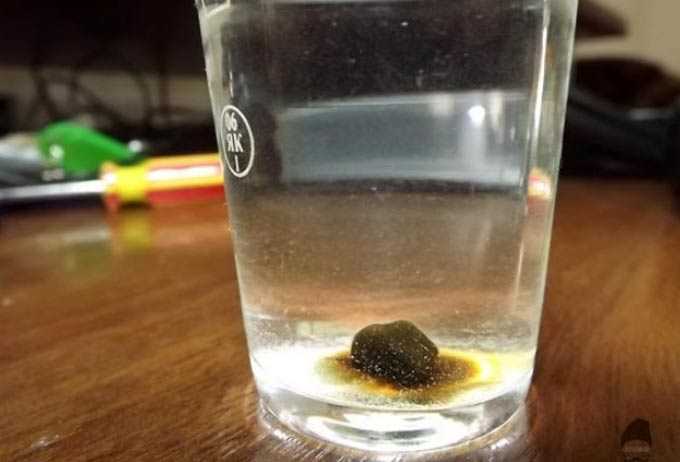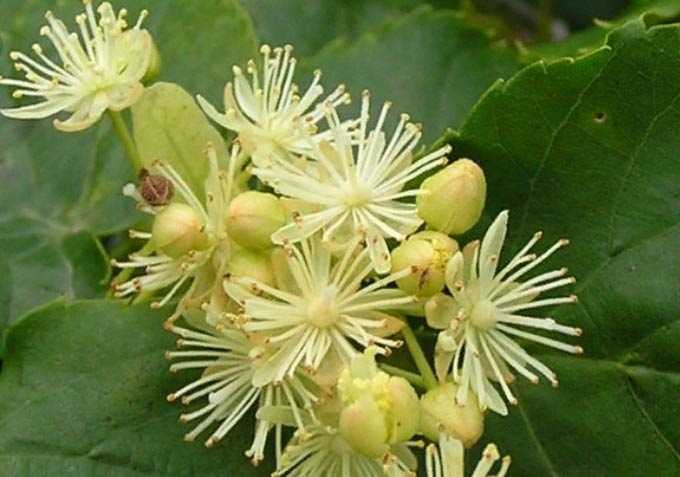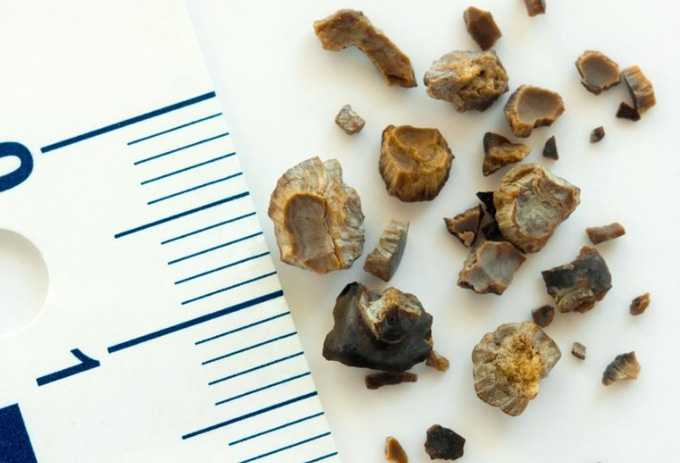Bird cherry as a honey plant is considered a rather capricious plant. If a willow blooms nearby, bees massively work on it. Spring cold snaps are also important, often coinciding with the blooming of fragrant bird cherry inflorescences. Bad weather contributes little to the collection of nectar and pollen.
However, this honey plant is still included in beekeeping directories. After all, any early spring bribe is extremely valuable for the bee colonies.
The content of the article
- 1 Distribution
- 2 Significance for agriculture
- 2.1 Description
- 3 Agrotechnics
- 4 Honey productivity
- 5 Useful Properties
Distribution
The bird cherry belongs to the extensive pink family, which in turn belongs to the genus plums.
The greatest value for apiaries is common bird cherry – the one on which black fruits are formed. Red Virginia (American) variety is of less importance in terms of honey collection. In addition, it is aggressive towards the local flora – it forms multiple root shoots, displacing neighboring plants. Getting rid of it is extremely difficult.
The variety, known as the common one, is distributed mainly in the forest zone. However, along the river valleys, it penetrates into the steppe zone, and in the north it reaches the very borders of the forest-tundra. It can be easily found in different Russian regions, in the Caucasus, Central Asia, Western Siberia.
Significance for agriculture
This low tree (less often a large multi-stem shrub) is cultivated as an ornamental plant.
Bird cherry is also specially grown to obtain valuable medicinal raw materials – the fruits and bark of the tree are used in folk medicine. A fragrance for perfumery is prepared from the flowers.
The fruits are purchased for the confectionery industry, winemaking. When crushed dried berries are added to bread, gingerbread, cakes, these products acquire a pleasant almond aroma. Housewives use them as filling for cheesecakes and pies. Fresh fruits can be eaten pureed with sugar.
Strong and dense wood is used for the manufacture of various joinery.
And the bird cherry itself, growing in the backyard, is a natural air purifier – thanks to volatile phytoncides, it kills pathogens, viruses, scares away midges, flies and mosquitoes.
Description
Depending on the shape (tree, larger tree or shrub) bird cherry reaches a height of 60 cm to 10 meters. She has a beautiful dense crown, and a trunk covered with matte bark. The leaves are slightly elongated, lanceolate, placed alternately on the branches.
The flowers are grouped in long, fragrant clusters. The color is white, rarely slightly pinkish. The smell is intense, and when you install a bouquet of branches in the house, it is suffocating (you may have a headache).
The flowering period varies by region. The warmer, the earlier the brushes open. The earliest beginning of flowering is April-May. But more often this is the period from May to June. The flowering period is short – from a week to 14 days.
Ripe fruits are black drupes with dark purple flesh.
Agrotechnics
Bird cherry is a winter-hardy species. Loves well-moistened soils with a high groundwater table. For this reason, its thickets can be found in the floodplains of rivers, along damp forest edges and clearings, damp forests and young shrubs.
The tree can be propagated in three ways: by seeds, layering and cuttings. The resulting seedlings are planted in a prepared area, at a distance of 4-5 meters from each other.
The soil should be moist and rich in, for example, wood ash or phosphorus-potassium fertilizers. The bottom of each pit must be loosened, and a 1,5-meter stake is driven in the center, to which a seedling is later tied.
When planting, make sure that the root collar is flush with the ground. After the tree is tied, the pit is covered with fertilized soil, two buckets of water are poured under the root. Then the hole is sprinkled with dry loose earth to avoid weathering of moisture.
Honey productivity
Bird cherry is a honey plant that gives a relatively small inflow of nectar.
From a hectare of dense plantings, from 20 to 35 kilograms of honey are obtained. According to some data, in unfavorable years, productivity is even less – about 5-10 kilograms.
The pollen (pollen) of the plant has a dirty yellow hue. It is extremely important for the early spring development of bee nests.
For obvious reasons, pure bird cherry honey is difficult to obtain… To do this, the apiary needs to move to the thickets of trees, the weather must be warm, and there must be no thickets of willow nearby, which bees are more willing to go to.
More often this variety is mixed with another early bribe – the nectar of hazel, alder, willow, coltsfoot, sage, horticultural crops, dandelion. This mixture is called May honey.
It is a product of a beautiful golden color with a pleasant floral scent. It is liquid in consistency, with good taste (not very sweet), and has valuable medicinal properties.
Useful Properties
Bird cherry nectar is a rich source of vitamins, organic acids, essential oils. It gives honey fortifying, anti-inflammatory properties.
The product can be used externally in the treatment of abscesses and wounds, as part of home cosmetic masks for healing and rejuvenating the skin.
Inside honey is used:
- to normalize the functions of the stomach and intestines;
- with bronchitis, tonsillitis, colds;
- with inflammation of the oral mucosa (stomatitis, gingivitis).
Note: Almost all parts of the plant contain poisonous compounds – alkaloids. For this reason, bird cherry is not included in official medicine recipes.
